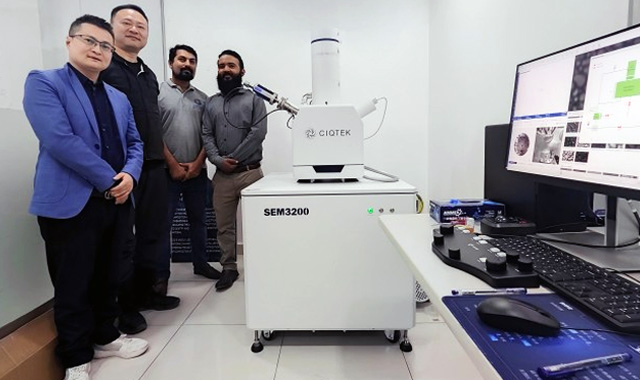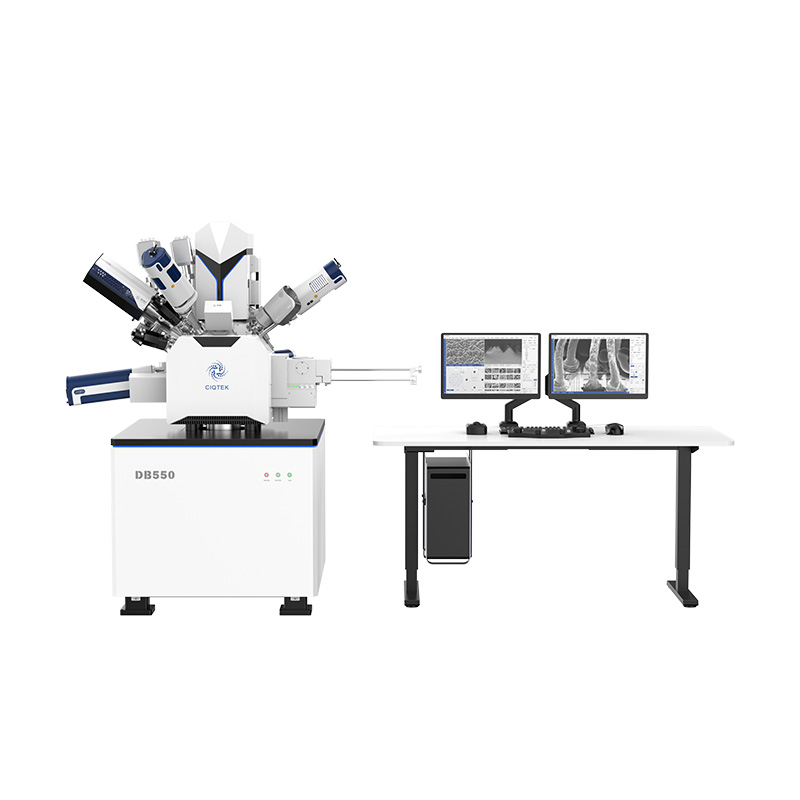Choosing a DualBeam FIB-SEM in Saudi Arabia 5 Key Questions to Get It Right
- 1. 1. How Do Ion-Beam Current and Spot Size Impact Your Application?
- 2.
- 3. 2. What’s the Synergy Between SEM Imaging and Ion Milling?
- 4.
- 5. 3. Does the Software Play Nice with Your Workflow?
- 6. 4. What Level of Training and Technical Support Comes with Your Purchase?
- 7.
- 8. 5. Do You Have Proven Local References and Application Success Stories?
Choosing a DualBeam FIB-SEM is a pivotal decision for any microscopy lab—especially in Saudi Arabia’s booming research and petrochemical sectors. Before committing budget and bench space, ask yourself these five questions to ensure your system delivers the performance, reliability, and local support you need.
1. How Do Ion-Beam Current and Spot Size Impact Your Application?
High-current beams mill faster but sacrifice resolution; low-current beams deliver nanoscale precision at the expense of throughput. Ask the vendor for beam-current vs. spot-size curves to see where their instrument excels.
-
Why it matters in Saudi labs: In petrochemical catalyst research, rapid trenching for EDS or TEM lamella prep is vital—yet you still need <10 nm trenches to inspect nanoporous structures.
-
CIQTEK Advantage: CIQTEK’s DualBeam offers selectable beam currents from 1 pA to 20 nA with spot sizes down to 3 nm. With the click of a button, you can toggle between “fast-mill” and “fine-polish” modes.
2. What’s the Synergy Between SEM Imaging and Ion Milling?
True DualBeam performance lies in seamless coordination of electron and ion columns. Look for:
-
Auto-alignment routines that correct drift between cuts.
-
Live-drift compensation so you’re always imaging the right feature.
-
Integrated stage tilting to switch between cross-sectioning and plan-view without manual refixturing.
Real-world wins: In a recent demonstration at a major Riyadh materials center, users cut and imaged solder joints in under 10 minutes—half the time of their legacy tool. -
CIQTEK Advantage: Proprietary “SyncBeam” software synchronizes both columns in real time, yielding crisp, shadow-free cross-sections even on rough, uneven samples.
3. Does the Software Play Nice with Your Workflow?
Look beyond simple GUIs. Modern labs crave:
-
Scriptable APIs for automated runs.
-
Recipe libraries for repeatable tasks (e.g., trench → polish → lift-out).
-
Remote monitoring so you can queue overnight jobs and check progress from your office or home.
Why Saudi facilities love it: With labs spread across King Abdullah University and industry sites, remote access is a game-changer. -
CIQTEK Advantage: Their Python-based SDK lets you draft custom milling routines in minutes, while the cloud dashboard pushes live status updates to any web-connected device.
4. What Level of Training and Technical Support Comes with Your Purchase?
A cutting-edge instrument is only as good as the team that runs it. Key questions:
-
Will a factory engineer be on-site for installation?
-
Is there a local parts inventory in the GCC for rapid spares delivery?
-
What’s the SLA for service calls—4 hours? 24 hours?
Local feedback: Customers in Dubai praised CIQTEK’s Middle East service hub for dispatching a replacement detector within 48 hours—no shipping hold-ups. -
CIQTEK Advantage: Through the trusted Saudi distributor, CIQTEK coordinates rapid service support and parts delivery in the Kingdom, and offers cost-effective system packages that rival higher-priced alternatives—without cutting corners on performance or reliability. They also help organize quarterly user workshops (both virtual and in-person) to keep your team at peak performance.
5. Do You Have Proven Local References and Application Success Stories?
Nothing beats peer feedback. Before buying, ask for:
-
On-site visits to existing installations in the Kingdom.
-
Case studies in your field—semiconductors, metallurgy, battery materials, etc.
-
User testimonials you can verify.
-
CIQTEK in the GCC: According to the Saudi distributor’s feedback, several petrochemical, battery-materials and university labs in the Kingdom have evaluated CIQTEK DualBeam systems this past year—many noting boosts in throughput and nanometer-scale resolution. The regional applications partner also arranges hands-on demo days at KAUST and KFUPM so you can test your samples before committing.
Investing in a DualBeam FIB-SEM is about more than peak resolution or blazing-fast milling; it’s about finding a partner whose technology, software, and support mesh with your lab’s unique needs. By drilling down into beam specs, software flexibility, service SLAs and local success stories—especially right here in Saudi Arabia—you’ll make a confident, future-proof choice.
With its ultra-fine spot sizes, real-time SEM/Ion synchronization, open API, and 48-hour onsite support in the GCC, CIQTEK’s DualBeam FIB-SEM checks every box—empowering your team to tackle today’s toughest materials challenges and tomorrow’s breakthroughs.


